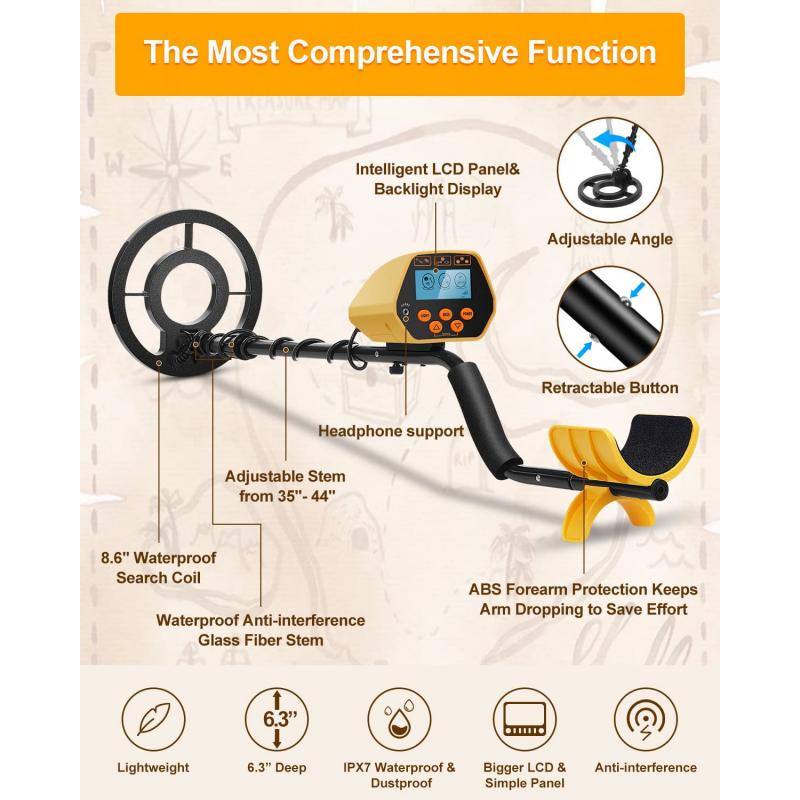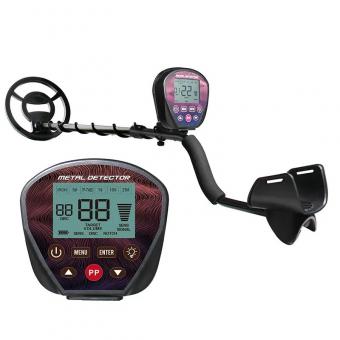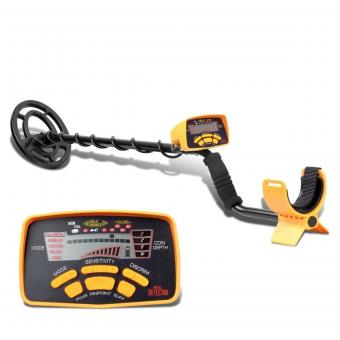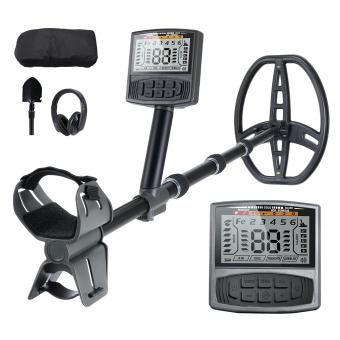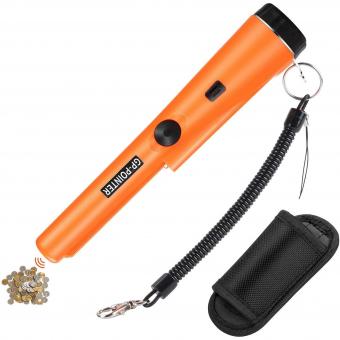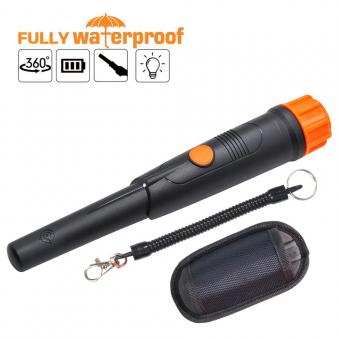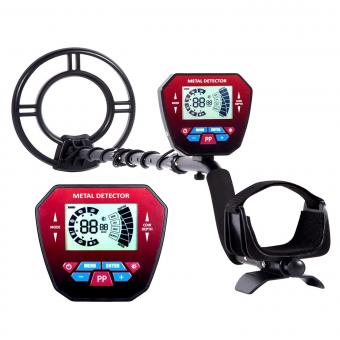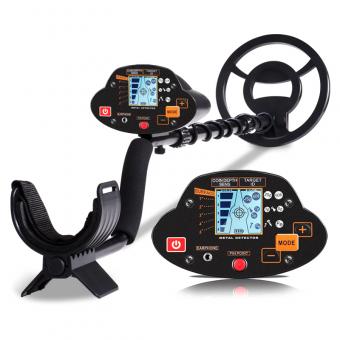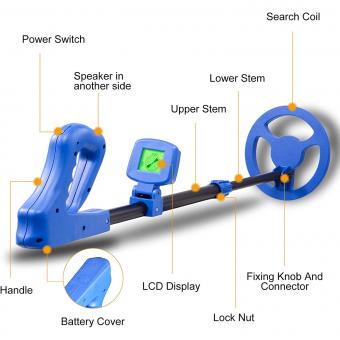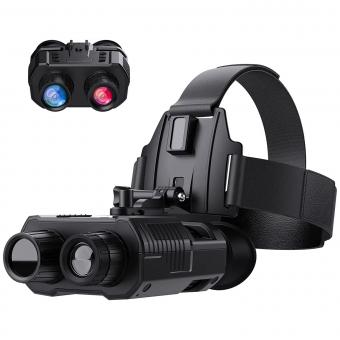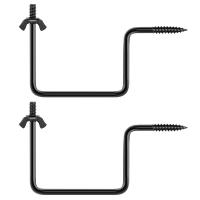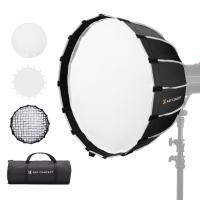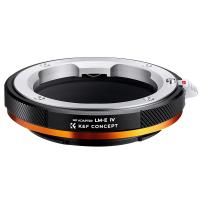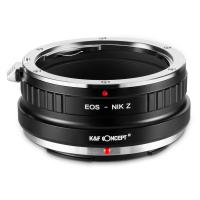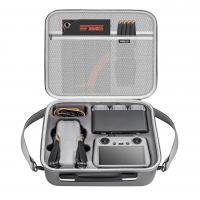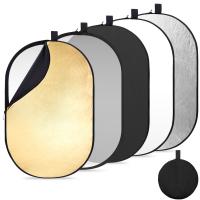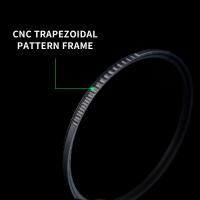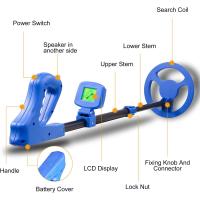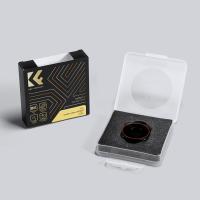What Kind Of Metal Detector Finds Gold ?
A metal detector that is specifically designed for gold prospecting is typically the best choice for finding gold. These detectors are equipped with features that allow them to detect small traces of gold, which can be challenging for other types of metal detectors. Some popular models include the Minelab GPZ 7000, Garrett AT Gold, and Fisher Gold Bug. These detectors often have higher operating frequencies and specialized search coils that are optimized for gold detection. Additionally, they may have advanced features like ground balancing and discrimination settings to help filter out unwanted signals and focus on gold targets. It's important to note that while a gold-specific metal detector can greatly increase your chances of finding gold, it does not guarantee success. Factors such as location, experience, and persistence also play a significant role in gold prospecting.
1、 Pulse Induction Metal Detectors: Ideal for finding gold nuggets.
Pulse Induction Metal Detectors: Ideal for finding gold nuggets.
When it comes to finding gold, one type of metal detector stands out above the rest - the Pulse Induction (PI) metal detector. These detectors are specifically designed to excel in the search for gold nuggets, making them the go-to choice for serious gold prospectors.
Pulse Induction metal detectors work by emitting short bursts of magnetic pulses into the ground. These pulses create a magnetic field that can penetrate deep into the earth, allowing the detector to detect even the smallest gold nuggets buried beneath the surface. Unlike other types of metal detectors, PI detectors are not affected by mineralized soil or highly mineralized rocks, which are often found in gold-bearing areas. This makes them highly effective in gold prospecting, as they can accurately detect gold even in challenging ground conditions.
Furthermore, Pulse Induction metal detectors have the advantage of being able to detect gold at greater depths compared to other types of detectors. This is particularly important when searching for larger gold nuggets that may be buried deeper in the ground. The ability to detect gold at greater depths increases the chances of finding valuable gold deposits.
It is worth noting that technology in metal detectors is constantly evolving, and new advancements are being made to improve the performance of PI detectors. Manufacturers are continuously working on enhancing the sensitivity and depth capabilities of these detectors, making them even more effective in finding gold.
In conclusion, if you are serious about finding gold, a Pulse Induction metal detector is the ideal choice. Its ability to penetrate mineralized soil, detect gold at greater depths, and the continuous advancements in technology make it the go-to detector for gold prospectors.
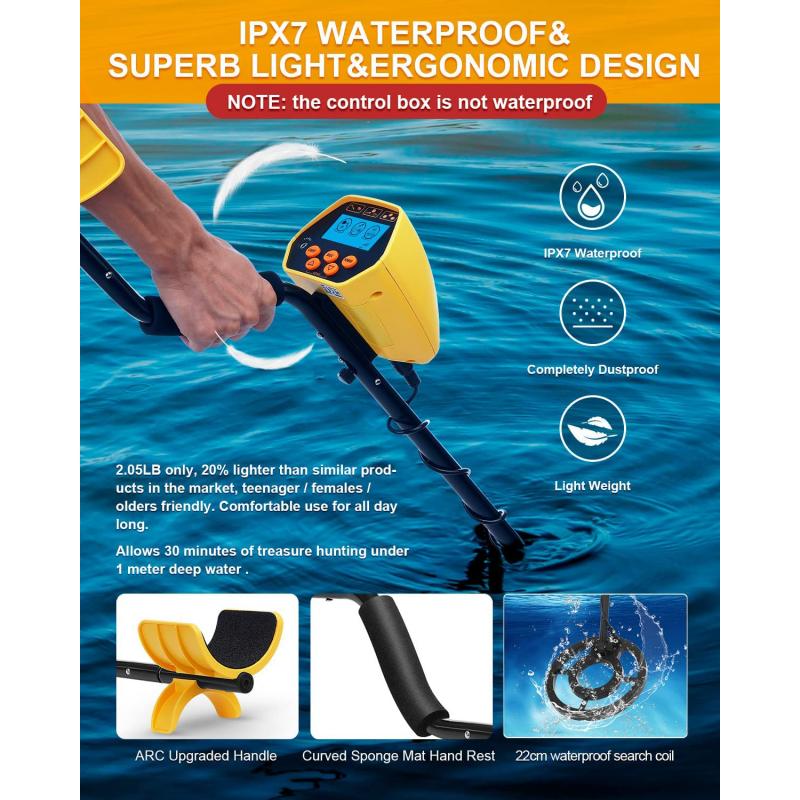
2、 VLF Metal Detectors: Effective for detecting small gold jewelry.
VLF Metal Detectors: Effective for detecting small gold jewelry.
VLF (Very Low Frequency) metal detectors are known for their effectiveness in detecting small gold jewelry. These detectors operate by transmitting a low-frequency electromagnetic field into the ground and then analyzing the signals that are reflected back. The technology used in VLF detectors allows them to be highly sensitive to small metal objects, making them ideal for finding gold jewelry.
Gold is a highly conductive metal, and VLF detectors are designed to detect the changes in conductivity caused by the presence of gold. These detectors can differentiate between different types of metals based on their conductivity levels, allowing users to specifically target gold objects.
VLF detectors are also known for their ability to discriminate between different types of metals. This means that they can be set to ignore certain types of metals, such as iron or aluminum, while still detecting gold. This discrimination feature is particularly useful when searching in areas that may contain a lot of trash or other unwanted metal objects.
It is important to note that while VLF detectors are effective for finding small gold jewelry, they may not be as effective for larger gold nuggets or deposits. In these cases, other types of metal detectors, such as pulse induction detectors, may be more suitable.
In recent years, there have been advancements in VLF metal detector technology, leading to improved sensitivity and performance. Manufacturers have been able to fine-tune the circuitry and software of these detectors to enhance their ability to detect small gold objects. Additionally, some VLF detectors now come with features like ground balancing, which helps to eliminate interference from mineralized soil and improve target detection.
Overall, VLF metal detectors remain a popular choice for those specifically looking to find small gold jewelry. Their sensitivity, discrimination capabilities, and recent technological advancements make them a reliable tool for gold prospecting enthusiasts and treasure hunters alike.

3、 Multi-Frequency Metal Detectors: Versatile detectors suitable for various gold sizes.
Multi-Frequency Metal Detectors: Versatile detectors suitable for various gold sizes.
When it comes to finding gold, metal detectors play a crucial role in the process. However, not all metal detectors are created equal, and some are better suited for finding gold than others. One type of metal detector that is particularly effective in locating gold is the multi-frequency metal detector.
Multi-frequency metal detectors are designed to emit multiple frequencies simultaneously or sequentially. This feature allows them to detect a wide range of metals, including gold, with greater accuracy and efficiency. Unlike single-frequency detectors, which are limited in their ability to detect specific types of metals, multi-frequency detectors can adapt to different soil conditions and target sizes.
Gold comes in various sizes, from small flakes to larger nuggets, and each requires a different approach to detect effectively. Multi-frequency detectors excel in this aspect, as they can be adjusted to different frequencies to optimize the detection of various gold sizes. This versatility makes them an ideal choice for gold prospectors and treasure hunters who are looking for different types of gold deposits.
Moreover, multi-frequency detectors are equipped with advanced technologies that enhance their gold-detecting capabilities. For instance, some models feature advanced ground balancing systems that can automatically adjust to different soil conditions, reducing false signals and improving target identification. Additionally, these detectors often come with discrimination settings that allow users to filter out unwanted metals and focus solely on gold targets.
In recent years, manufacturers have been continuously improving multi-frequency metal detectors to provide even better performance. The latest models incorporate cutting-edge technologies, such as improved signal processing algorithms and enhanced sensitivity, to increase the chances of finding gold. These advancements have made multi-frequency detectors more efficient and user-friendly, making them a popular choice among gold prospectors.
In conclusion, when it comes to finding gold, multi-frequency metal detectors are the go-to choice. Their versatility, ability to detect various gold sizes, and advanced technologies make them highly effective in locating gold deposits. As technology continues to advance, we can expect even more sophisticated multi-frequency detectors that will further revolutionize the gold prospecting industry.
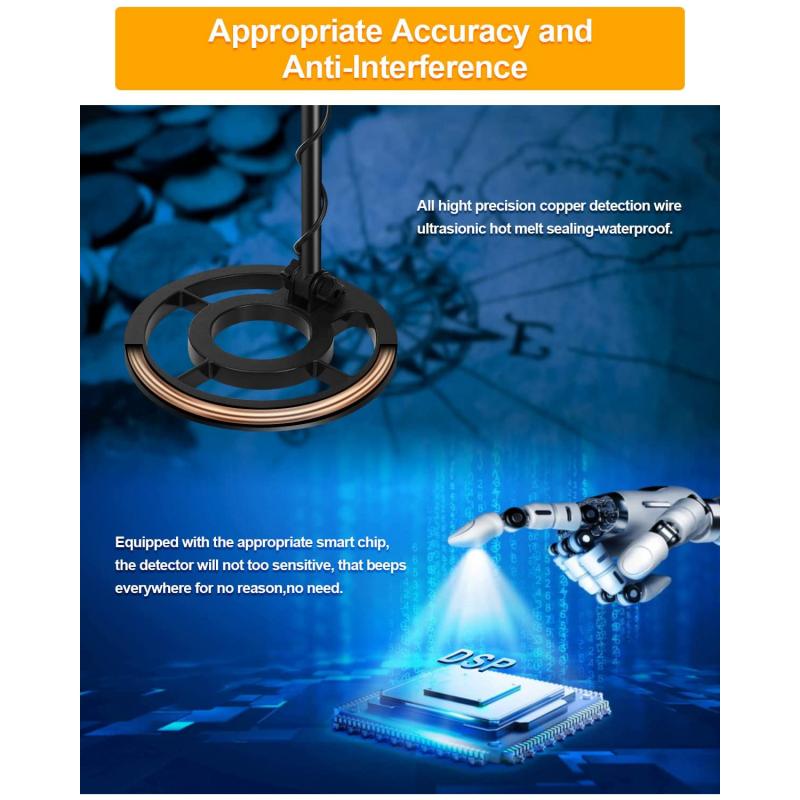
4、 PI/VLF Hybrid Metal Detectors: Combines advantages of both technologies.
PI/VLF Hybrid Metal Detectors: Combines advantages of both technologies.
When it comes to finding gold, metal detectors play a crucial role in the process. While there are various types of metal detectors available, one type that stands out for its effectiveness in finding gold is the PI/VLF hybrid metal detector. This type of metal detector combines the advantages of both Pulse Induction (PI) and Very Low Frequency (VLF) technologies, making it a powerful tool for gold prospecting.
PI technology is known for its ability to penetrate deep into the ground, making it ideal for detecting gold nuggets buried at greater depths. It is highly sensitive to small gold targets and can ignore mineralized soil, which is often a challenge for other metal detectors. On the other hand, VLF technology is excellent at discriminating between different types of metals, allowing users to filter out unwanted targets and focus solely on gold.
By combining these two technologies, PI/VLF hybrid metal detectors offer the best of both worlds. They can detect gold nuggets at significant depths while also providing discrimination capabilities to distinguish between different metals. This makes them highly efficient and reliable for gold prospecting in various terrains.
In recent years, there have been advancements in PI/VLF hybrid metal detector technology. Manufacturers have been incorporating advanced signal processing algorithms and improved circuitry to enhance the performance and sensitivity of these detectors. This means that the latest models are even more effective at finding gold, providing prospectors with a higher chance of success.
In conclusion, if you are looking for a metal detector that excels at finding gold, a PI/VLF hybrid metal detector is the way to go. With its combination of PI and VLF technologies, it offers deep penetration, sensitivity to small gold targets, and discrimination capabilities. The latest advancements in this technology have further improved its performance, making it an excellent choice for gold prospecting.
